Things Come Apart 2.0: A Teardown Manual for Modern Living by Todd McLellan
The book includes the work of Todd McLellan, a photographer who takes apart objects of industrial design and creates elegant compositions from their parts, showing viewers the complex inner workings of everyday objects and encouraging them to think about technological progress and consumption.
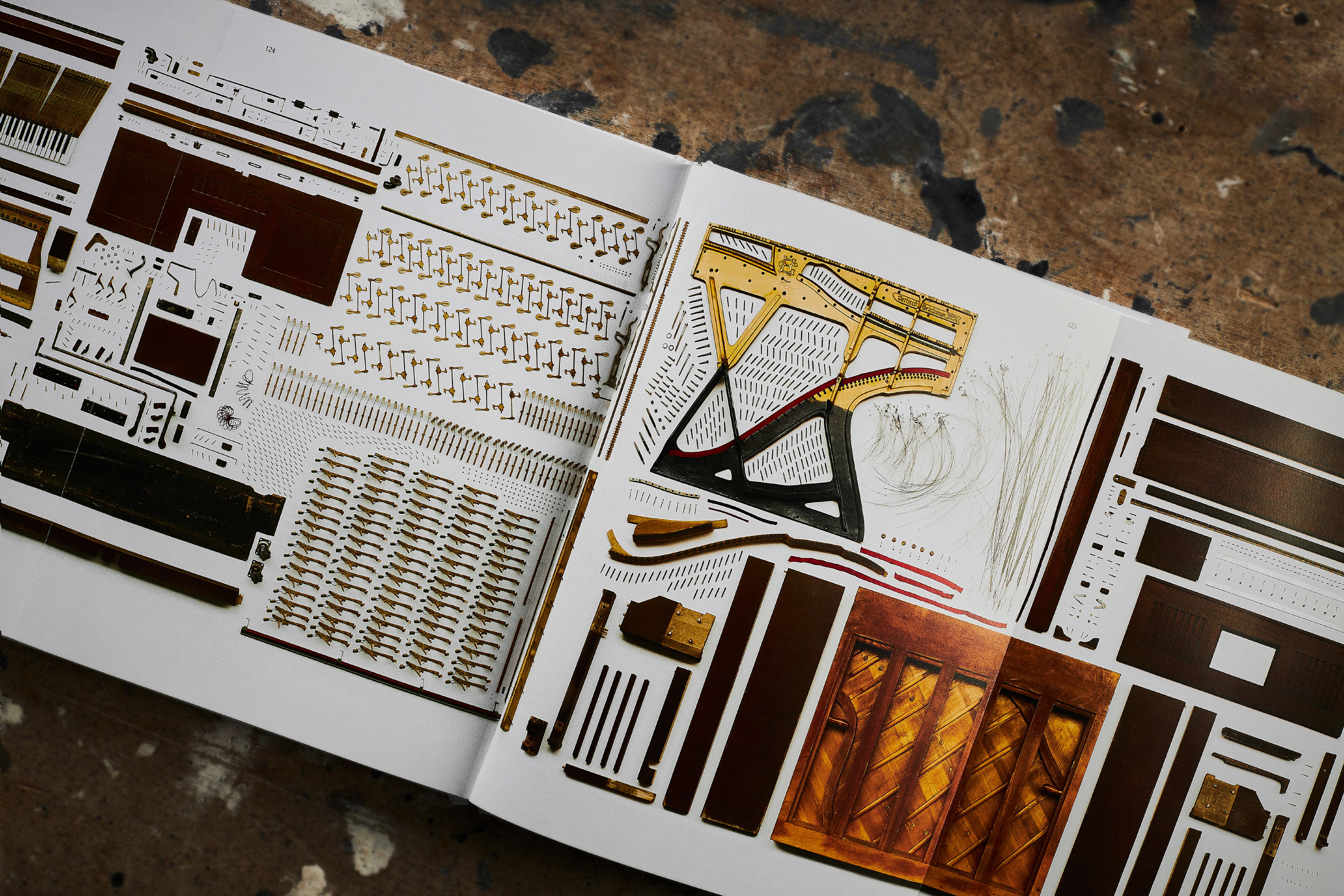
This is the second edition, for which the author carefully dismantled and photographed over fifty objects, both modern and obsolete.
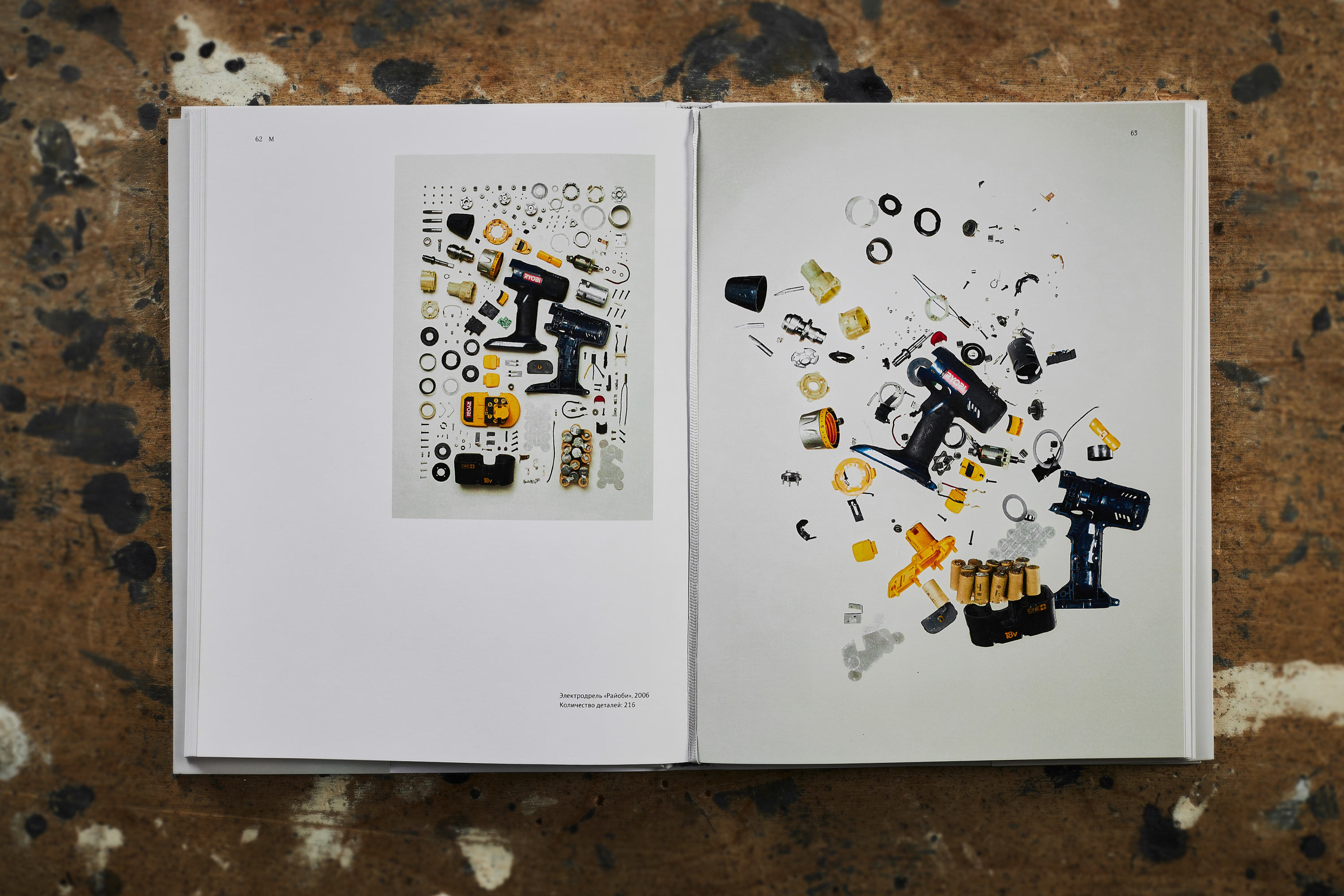
Fascinating photographs of all kinds of disassembled objects—from a mechanical pencil to a light-engine airplane—are accompanied by essays of the author and his colleagues: a founder of a repair community, an antique ceramics restorer, an organizer of children’s engineering workshops and an inventor. All of them, each from their own position, argue about the contradictory relationship of humans with the world of things in the past, present and future.
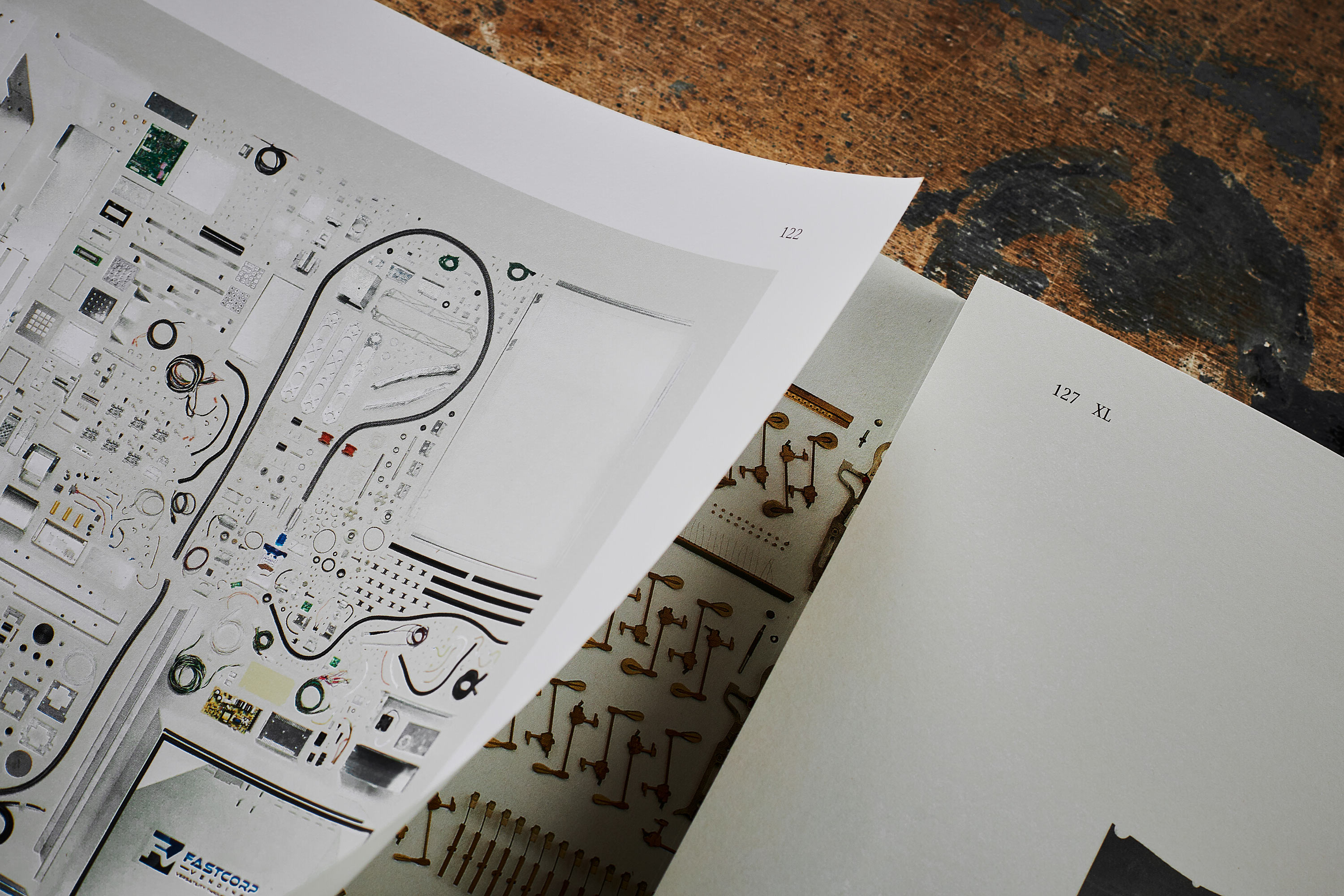
«
The things we own are the product of great effort. Creating a thing requires the gathering together of a team of experts from many disciplines. Over a period of years, they design the product, select materials, engineer innumerable solutions, assemble a global supply chain, and create manufacturing plants. Finally, when the design is complete and the constituent parts are gathered together, the product is assembled. Electronics, in particular, are put together by an army of young, mostly female, Asian factory workers, whose nimble fingers fly as they insert screws, route cables, and snap parts together. Fingers dance to a quiet song with a rhythmic, repetitive beat. The product grows incrementally, piece after piece. Deliberately, methodically, many people in many different places make sure that the product comes together.
<...>
Life has always presented a series of problems for us to solve. The way we live today in the developed world depends on a series of solutions found long ago to the most basic human problems: we have road systems to get us from place to place, electricity and oil wells to supply our heating, piping to bring us water and carry away sewage, grocery stores for when we are hungry and hospitals for when we are ill. Now, with most of our material needs taken care of by established infrastructure, we no longer need to invent and make things to guarantee our survival. Instead, we must maintain the advantages we have, and the things we have already made. Our real battle is with entropy, the universe’s way of inexorably disassembling everything that we have made, atom by atom. Too often, we do not fight back. We throw things away when they break, squandering the years of work and thought and mining and manufacturing that went into them. But this behavior carries a penalty: if we throw our hands in the air and submit to entropy, we stagnate. We forget that it is solving problems that makes us human and points the way to our collective future.
»
From the chapter “The Repair Revolution”
The book is endlessly fascinating to explore: it is aimed at anyone interested in the inner workings of the objects around them, the history of engineering and industrial design, and the idea of extending the useful life of things and responsible consumption.
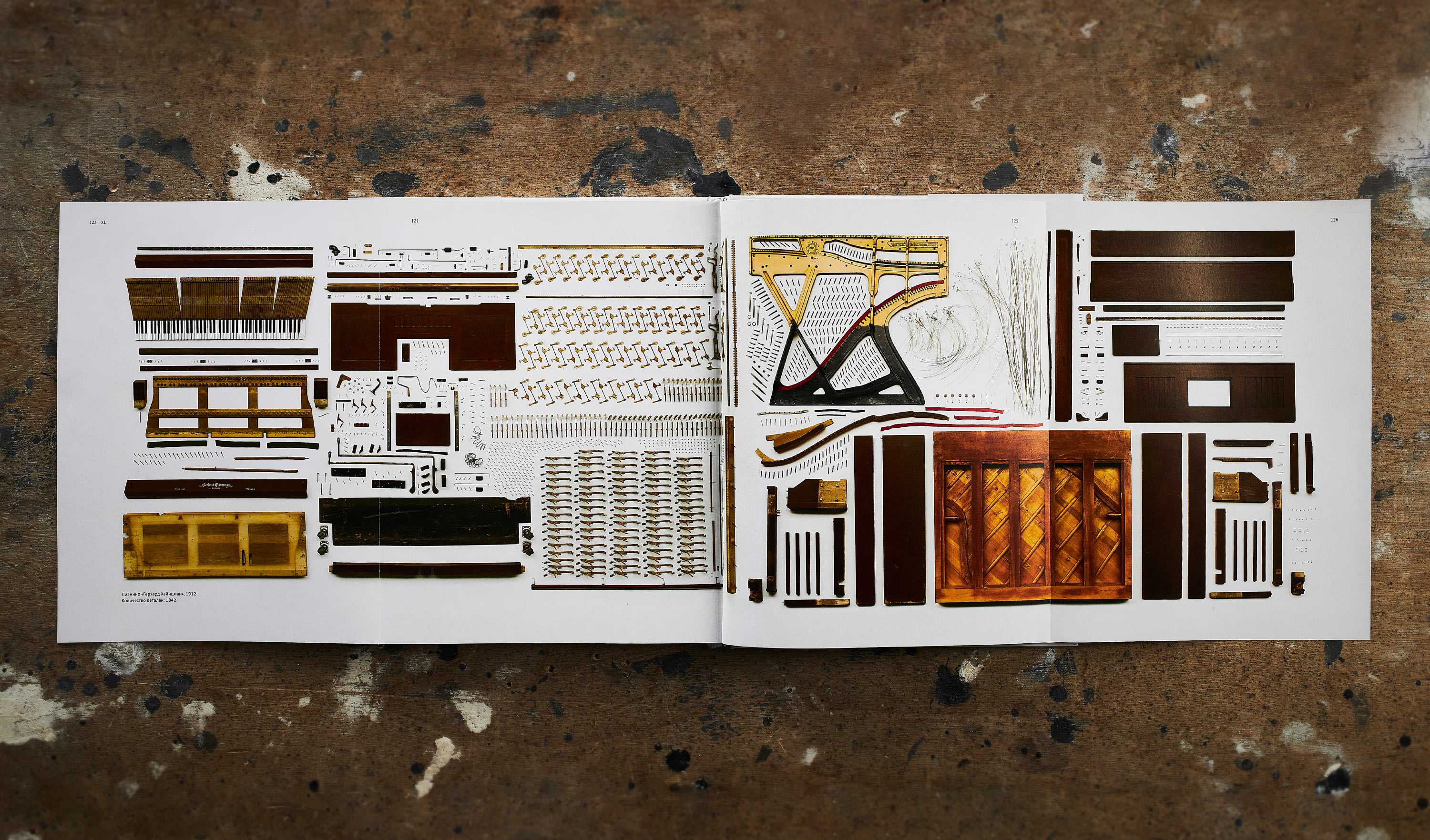
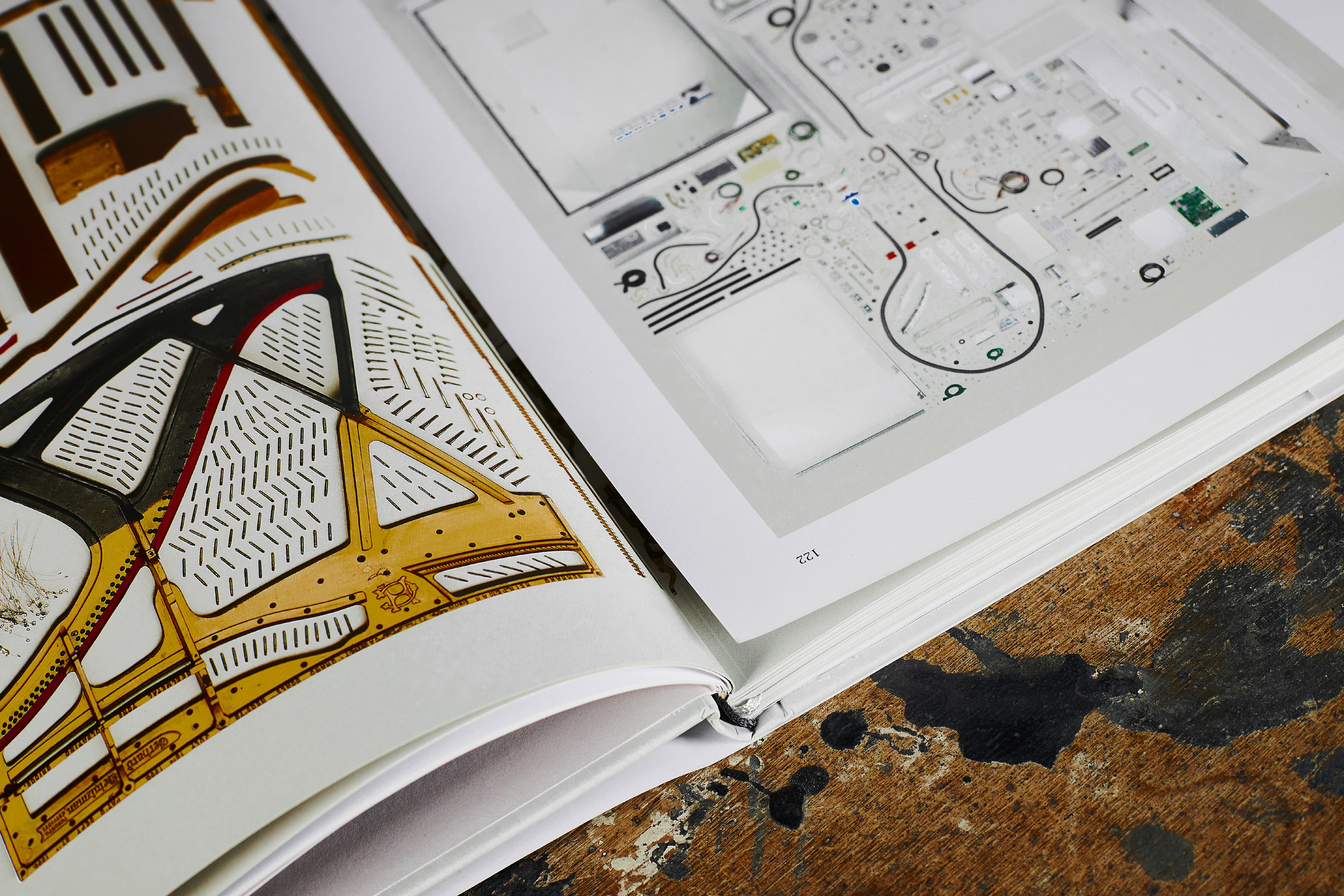
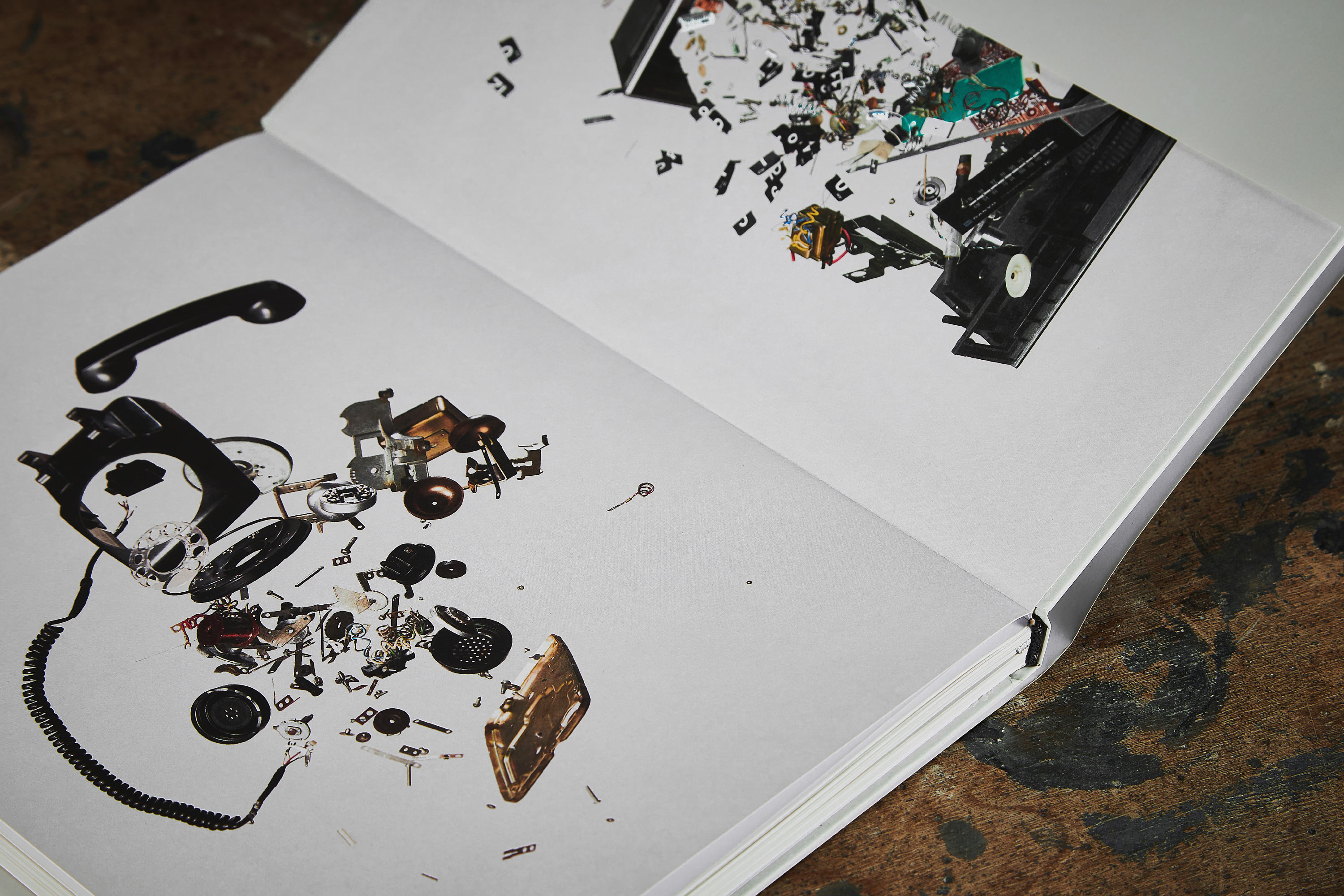
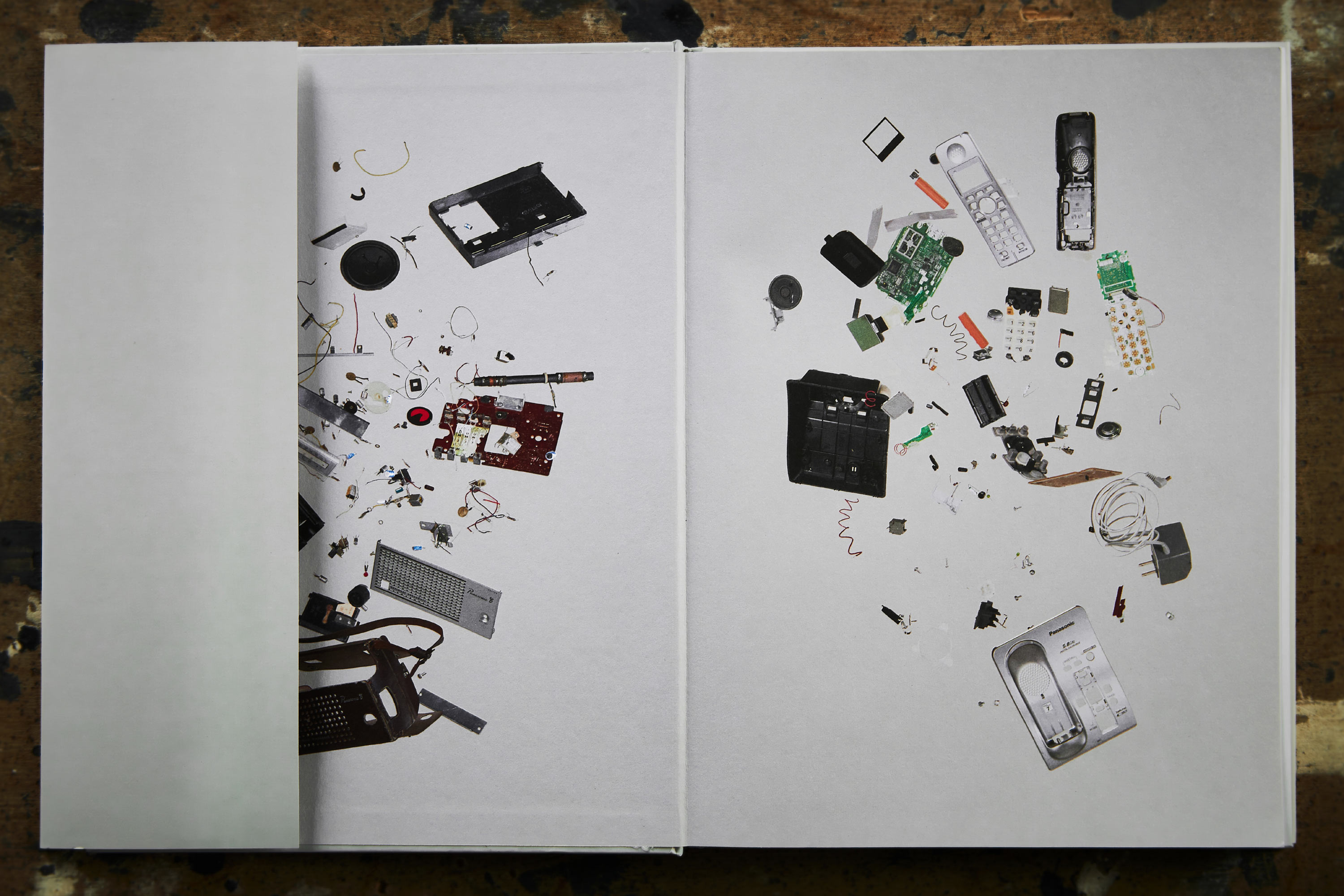
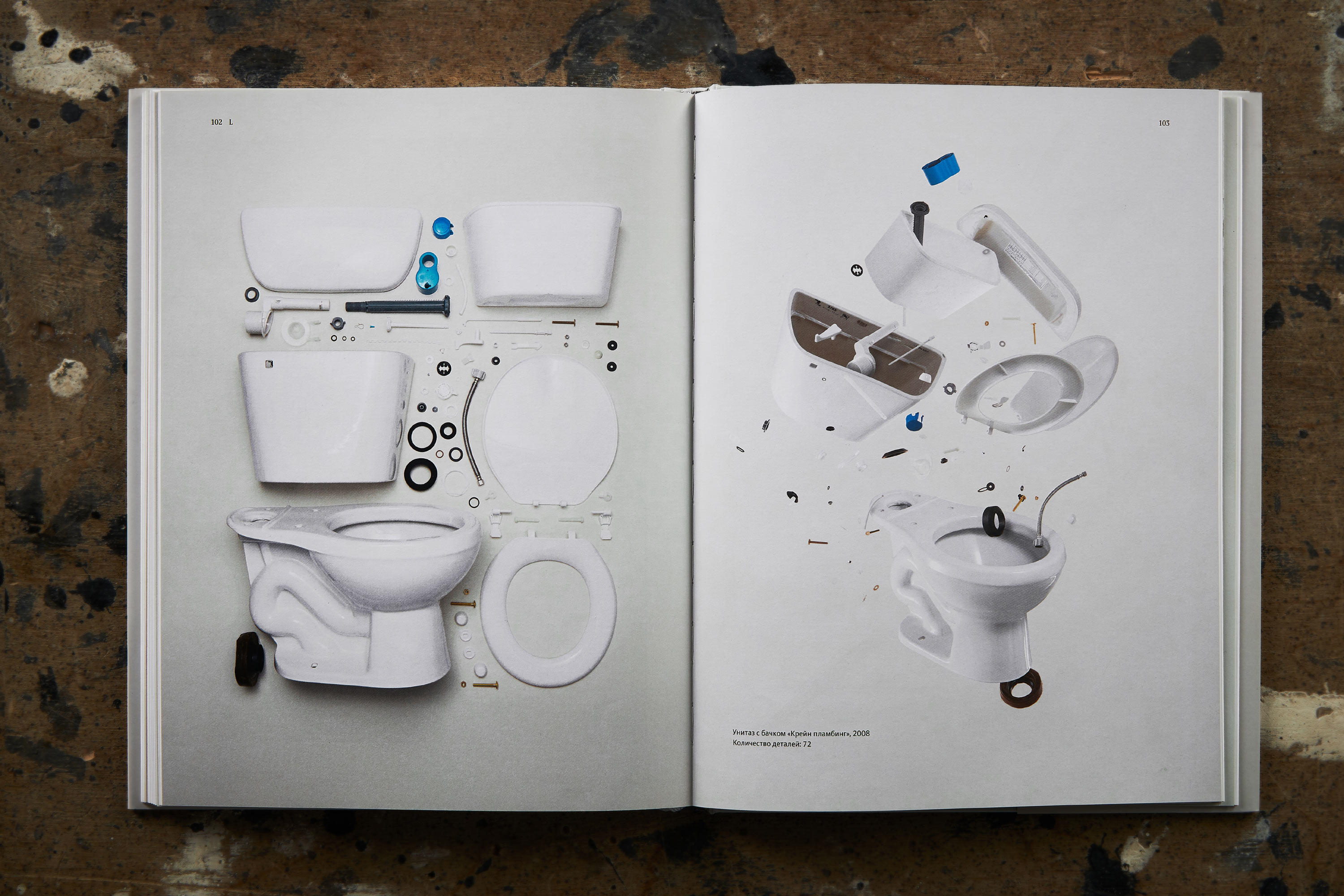
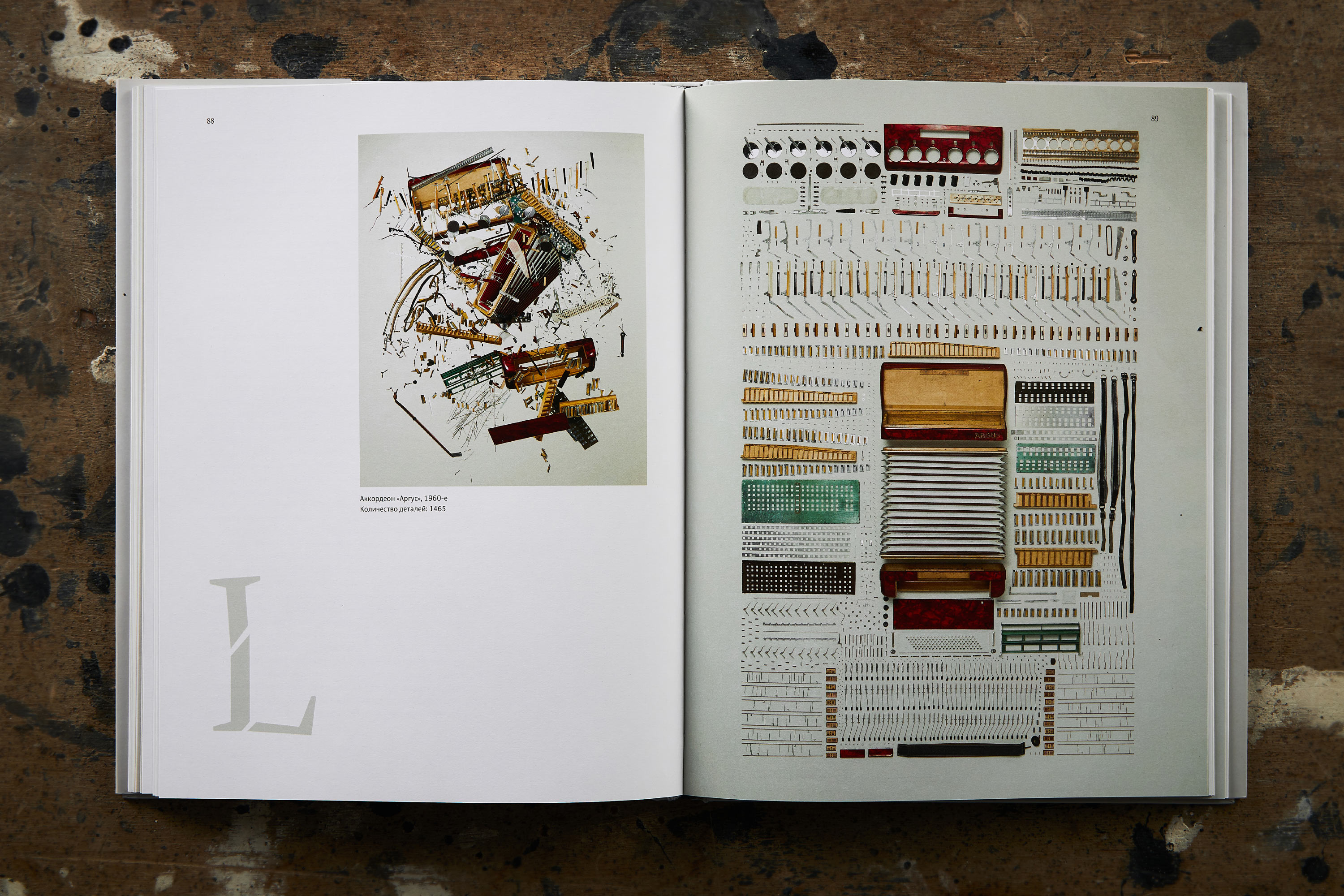
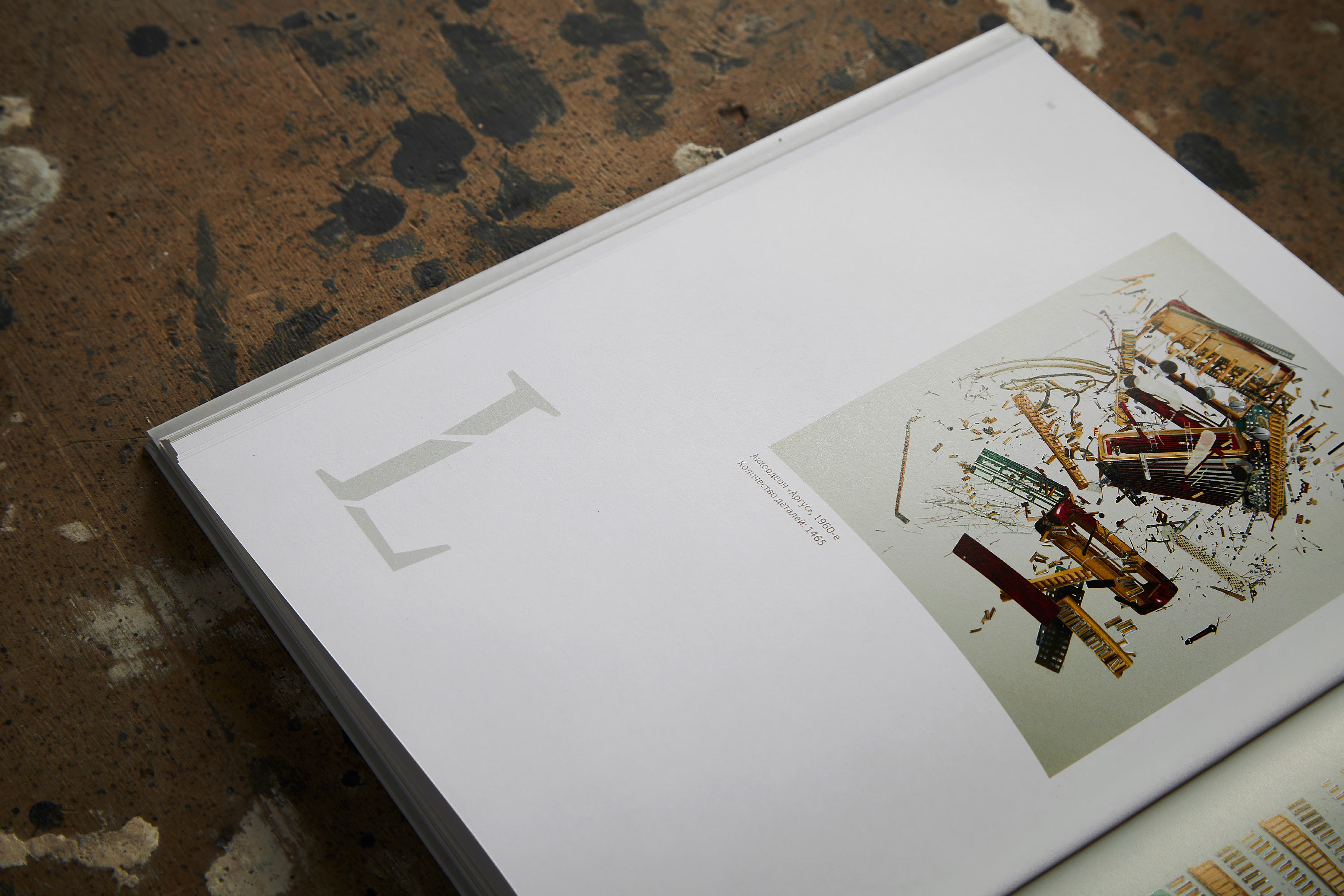
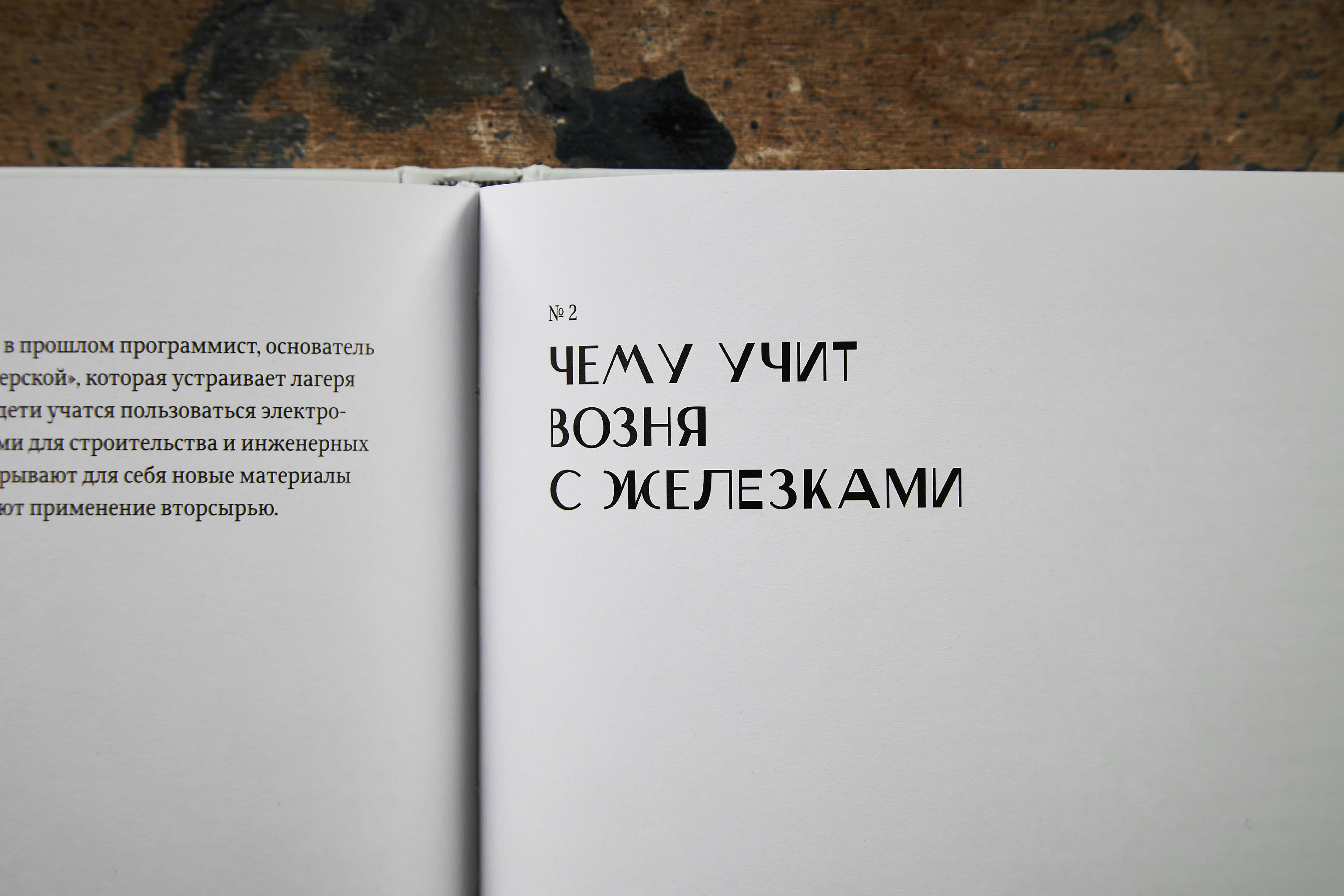
translator
art director
typesetter
project manager
-
- Hardcover
- 144 pages
- Dimensions: 220×290 mm (8,6″×11,4″)
- Press run: 3000
-
ISBN 978-5-98062-142-1
